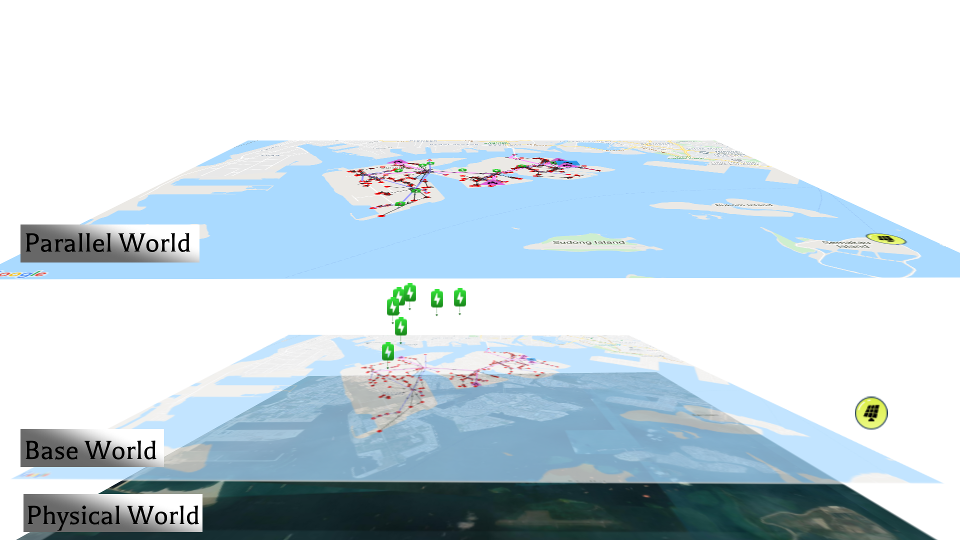Technical Report 280, c4e-Preprint Series, Cambridge
Embedding Energy Storage Systems into a Dynamic Knowledge Graph
Reference: Technical Report 280, c4e-Preprint Series, Cambridge, 2021
- Integration of Energy Storage System (ESS) selection into The World Avatar.
- Extension of the power system domain ontology, OntoPowSys.
- Application of ESS selection and parallel world frameworks to facilitate scenario analysis.
 This paper illustrates how a dynamic knowledge graph approach in the context of The World Avatar (TWA) project can support the decarbonisation of energy systems by leveraging the existing Energy Storage System (ESS) selection framework to assist in the selection and optimal placement of ESS. TWA is a dynamic knowledge graph based on the Semantic Web and its associated technologies, with intelligent agents operating on it. The agents act autonomously to update and extend TWA, and thus it evolves in time. TWA also provides the ability to consider different scenarios, referred to as parallel worlds, allowing for scenario analysis without mutual interference. A use case - the addition of a Battery Energy Storage System to the Singapore Jurong Island electrical network - is introduced to demonstrate the application of this approach. The domain ontology, OntoPowSys, was extended to describe and instantiate the relevant ESSs considered in the use case. This extension is described in the paper using the Description Logic syntax. The paper also outlines the details of how the various agents involved in the use case are being integrated into TWA. The use case also highlights how the parallel world framework can facilitate scenario analysis by considering different scenarios without affecting the real-world representation.
This paper illustrates how a dynamic knowledge graph approach in the context of The World Avatar (TWA) project can support the decarbonisation of energy systems by leveraging the existing Energy Storage System (ESS) selection framework to assist in the selection and optimal placement of ESS. TWA is a dynamic knowledge graph based on the Semantic Web and its associated technologies, with intelligent agents operating on it. The agents act autonomously to update and extend TWA, and thus it evolves in time. TWA also provides the ability to consider different scenarios, referred to as parallel worlds, allowing for scenario analysis without mutual interference. A use case - the addition of a Battery Energy Storage System to the Singapore Jurong Island electrical network - is introduced to demonstrate the application of this approach. The domain ontology, OntoPowSys, was extended to describe and instantiate the relevant ESSs considered in the use case. This extension is described in the paper using the Description Logic syntax. The paper also outlines the details of how the various agents involved in the use case are being integrated into TWA. The use case also highlights how the parallel world framework can facilitate scenario analysis by considering different scenarios without affecting the real-world representation.
Material from this preprint has been published in Industrial & Engineering Chemistry Research.
PDF (2.4 MB)



